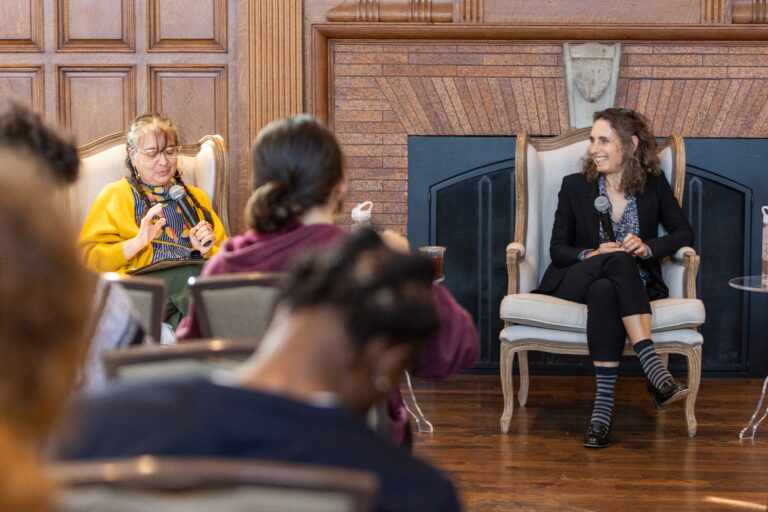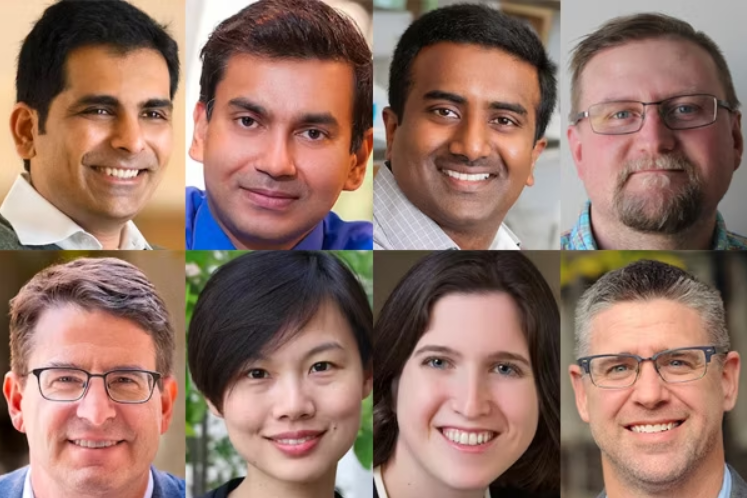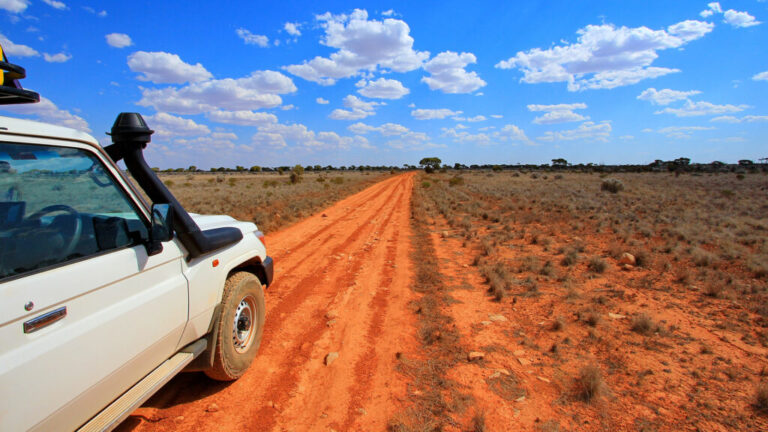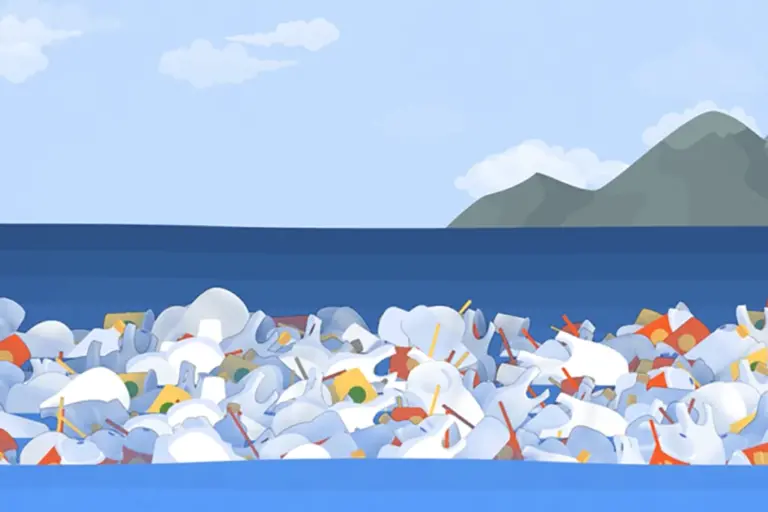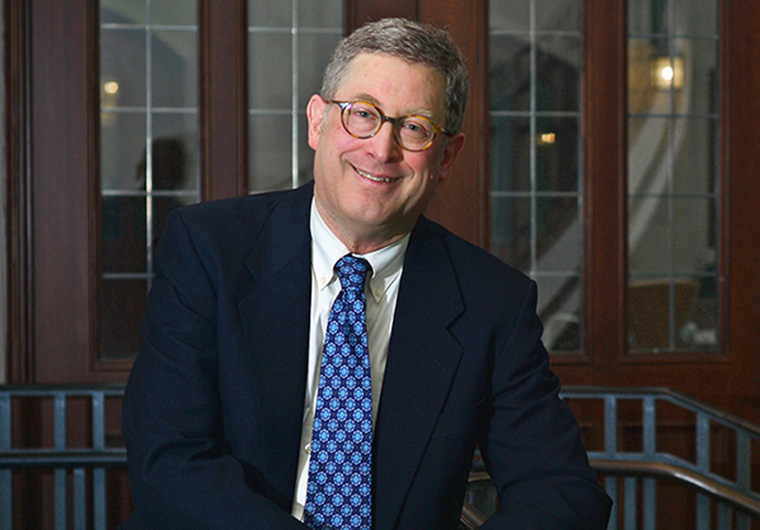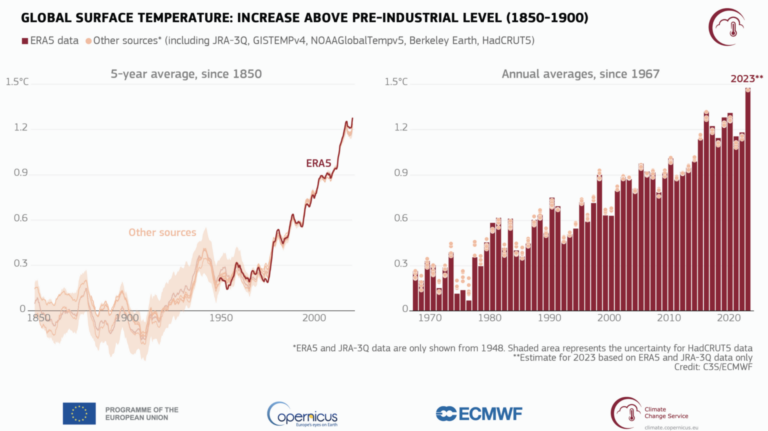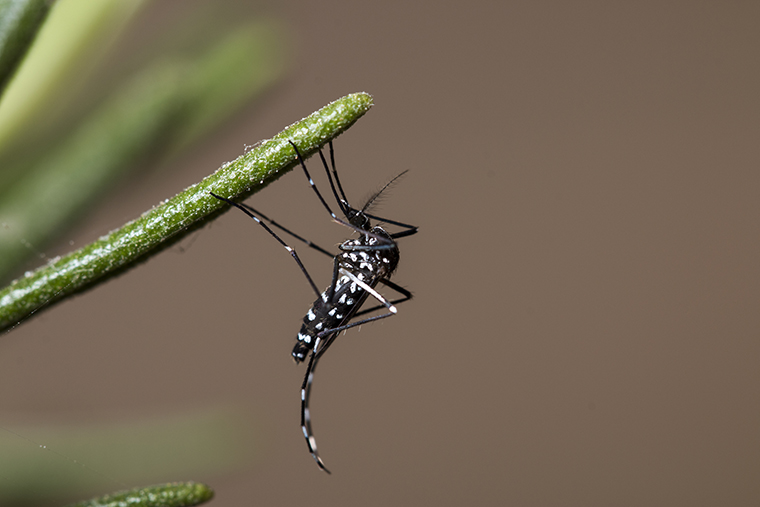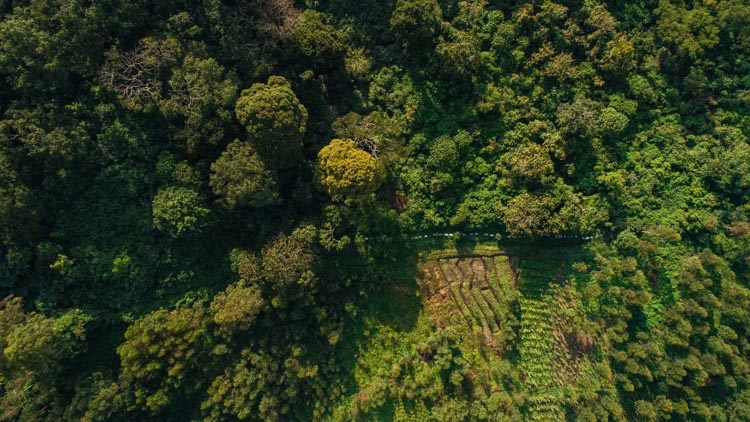‘Santiago Sierra: 52 Canvases Exposed to Mexico City’s Air’
The Mildred Lane Kemper Art Museum at WashU will present this exbibition Feb. 23 through July 29. It consists of 52 canvases that Sierra placed on the floor of a city building, highlighting the contaminants that can poison the urban environment.
Gateway STEM students visit campus for Kolbert Q&A
Climate Across Curriculum connects Gateway STEM students to WashU experts and resources. Recently, a cohort of 40 high school students met and had a Q&A session with Elizabeth Kolbert.
Water quality monitor, locust-inspired electronic nose under development
Two teams of engineers led by WashU faculty will work toward developing products to monitor drinking water quality and to detect explosives with an electronic nose with one-year grants from the National Science Foundation.
The ties that bind
The soils in many iconic Australian landscapes are colored red by an abundant mineral known as goethite. This mineral tends to lock away trace metals over time, according to WashU research.
Finding nature-inspired alternatives to plastics focus of new center
Despite efforts to reduce the use of plastic or recycle it, most plastic produced in the world ends up in landfills, the oceans or dumped, bringing with it catastrophic effects on the environment, the ecosystem and the economy. To address this, a team of researchers has established the Synthetic Biology Manufacturing of Advanced Materials Research Center.
WashU Expert: Replacing Chevron would have far-reaching implications
There is no good reason to abandon the Chevron deference, a landmark Supreme Court decision in place for 40 years that says courts must defer to federal agencies’ expertise in interpreting laws, according to an expert on administrative law and regulatory reform at Washington University in St. Louis.
Guérin wins grant to enhance atmospheric simulation speed
Roch Guerin, professor, and collaborators received an NSF grant to improve speed of GEOS-Chem, a 3D atmospheric simulation software designed to study climate change.
WashU Expert: Four factors that drove 2023’s extreme heat
The year 2023 was the hottest in recorded history. WashU professor Michael Wysession explains four factors that drove 2023’s extreme heat and climate disasters — and what this means for the future.
Some mosquitoes like it hot
Mosquito heat tolerance varies by population, according to a new study; findings could change estimates of vector-borne disease risk.
Our future hangs in the balance: climate change and biodiversity loss
The Earth is facing two interconnected crises — loss of biodiversity and climate change. Each separately is an enormous threat to life on this planet. However, together they are fueling each other, creating a worsening downward spiral.

